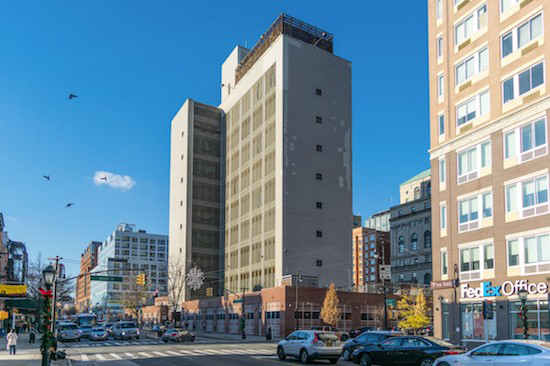The jury’s out on bail reform

Photo: Rob Abruzzese/Brooklyn Eagle
The good news is that we have more data on how New York’s criminal justice system is working in a new era of bail reform. The bad news is that it’s hardly enough to make informed decisions about whether to reform the reforms.
Here’s an example: For every 100 defendants released in the first year of the state’s reformed bail laws, two-thirds of them, on average, were not rearrested while awaiting the disposition of their case, new state statistics show. On average, 97 of them were not rearrested for committing a violent crime. And the vast majority of people who were rearrested were charged with relatively minor non-violent offenses.
Of course, depending on how you feel about bail reform, you could frame that data in a rather more ominous way: One in three people released under bail reform were accused of committing a crime. More than 3,400 people were arrested on violent felony charges after they were released.

Brooklyn Boro
View MoreNew York City’s most populous borough, Brooklyn, is home to nearly 2.6 million residents. If Brooklyn were an independent city it would be the fourth largest city in the United States. While Brooklyn has become the epitome of ‘cool and hip’ in recent years, for those that were born here, raised families here and improved communities over the years, Brooklyn has never been ‘uncool’.